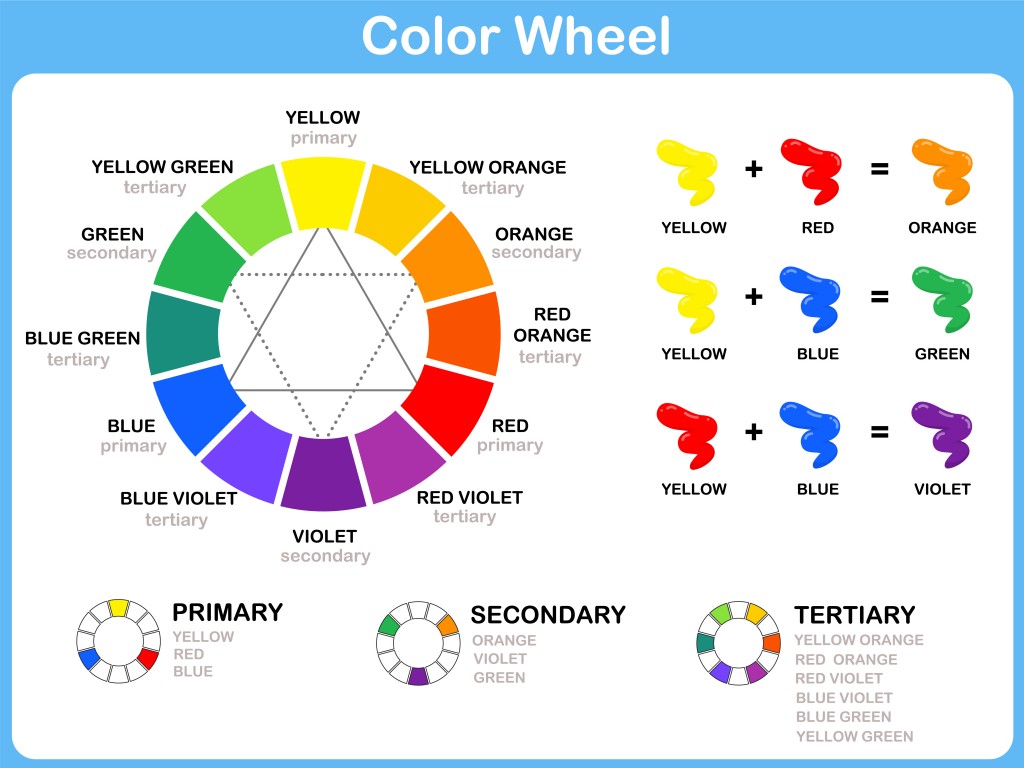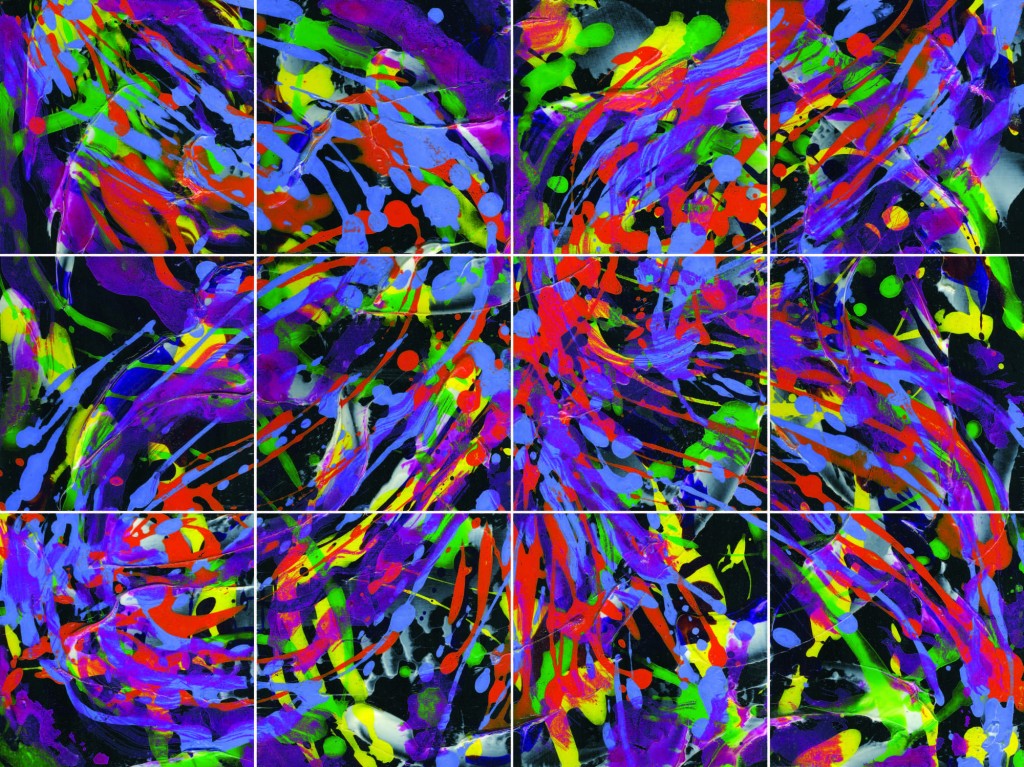Color and the Brain
We are all inundated with color and color choices on a daily basis, but how often do we stop and think about what colors actually mean to us? Think about a color you love – what does it remind you of? How does it make you feel? Where do you typically see it? Is it present in your wardrobe, your interior decorating, your landscaping?
Colors – and our reactions to colors – are very intense, personal, and highly subjective. It’s not that colors themselves have a specific meaning, but rather that we have assigned meaning to them, meanings that are connected to our cultural background or life experiences. Colors mean very different things to different people.
“Our reaction to color is instantaneous and has a profound impact on the choices we make.” – Kate Smith
Some people may walk into a blue room and feel peace and calm permeate the space, but for others, it may feel sad and melancholy. We may associate red with warmth because of the color of fire, but over the years, it’s also been associated with strong images such as Cupid or the Devil, which each bring their own meanings to the color. The meaning of a color can also be culturally dependent. While black is the color of death in many countries, in China, white is the color associated with death and mourning, and it is the main color used in funerals in Chinese culture.
Colors can have a significant impact on people’s emotional state. They’ve also been shown to impact people’s ability to concentrate and learn. Colors play a huge role in marketing, as well, and great attention goes into what color scheme boosts sales. For example, Branding Strategy Insider notes some very specific attributes of the effects of color:
- Test takers score higher and weight lifters lift more in blue rooms.
- Blue text increases reading retention.
- Yellow evokes cheerfulness. Houses with yellow trim or flower gardens sell faster.
- Pink enhances appetites and seems to calm prison inmates.
- Blue and black suppress appetites.
- Children prefer primary colors.
- Orange is often used to make an expensive item seem less expensive.
- White is typically associated with cool, clean and fresh.
- Black clothes make people look thinner.
It is not just an individual color that evokes strong emotions, it’s how the colors work together or contrast one another; it’s the relationship between the colors used and how the viewer perceives those colors. Artists have long known that colors are a conversation without words, a way to express emotion and perspective without ever speaking.
“I found I could say things with colors that I couldn’t say in any other way – things that I had no words for.” Georgia O’Keeffe
Warm colors are generally bright and vivid. They include red, orange, yellow, and variations of those three colors. What comes to mind when you think of these colors, alone or in combination? Do you see fire? A sunset? Fall foliage? These colors are often used because they are energizing, passionate, and positive. Cool colors are generally more subdued than warm colors. They include green, blue, and purple. When you think of those colors, what do you see? A starry night, a glistening lake, a deep forest? These colors are typically calming, relaxing, and somewhat reserved.
Abstract art makes use of color, shape, line, and form to create works that aren’t directly represented in the world. When looking at abstract art, the viewer brings with them all of their emotions and experiences, and what they see in the artwork is often correlated with their relationship to color.
PuzzleArt Therapy uses original abstract art that is vibrant and striking, rich in color. Part of the process for making connections within the PuzzleArt pieces is to identify color connections and pathways, and everyone sees and feels something different, even when working with the same pieces! By manipulating the pieces of abstract art and working through a variety of skill builders, visual and cognitive skills are developed through hands on activities that train the brain.
“Color! What a deep and mysterious language of dreams.” —Paul Gauguin
Try a PuzzleArt sample today, and expand your view of color while you strengthen your brain!
Alli Berman is a Brain Fitness expert and the Eye Brain Fitness Guru. She has been an artist, author, educator, creativity consultant, workshop leader, perceptual and sensory products and programs developer, and motivational speaker for the past 30+ years. Berman has served as an educational advisor to the American Academy for Anti-Aging Medicine for over 30 years, and she is the founder of The Art of Rehabilitation and Anti-Aging Art. She created the PuzzleArt Therapy System in collaboration with behavioral optometrist, Susan Fisher, OD, and through consultation with neuroscientists around the world. Berman uses the system herself on a daily basis to keep her own brain as healthy, engaged, and challenged as possible!


